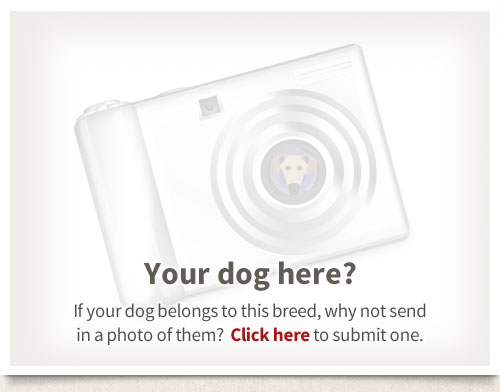Origin
The Hovawart is descended from a very old German working breed of a type found throughout middle Europe as far back as the 13th century. The name translates from the German as ‘yard’ (hof) and ‘watch’ (wart), thus indicating that it was a watchdog, guardian of the house, farm, or estate. Almost extinct by the end of the 19th century the breed was revived, or recreated, by Kurt Konig. There is some question as to whether Konig introduced Newfoundlands, German Shepherd Dogs, Kuvasz, and Leonbergers into his rigorous breeding program, or whether he found sufficient existing dogs of the desired appearance and temperament to reconstruct the Hofawart of old. Whatever the truth of the matter, by 1937 the dogs were breeding true to type and the breed was recognized by the German Kennel Club. The war years had a deleterious effect on the resurgence of the breed, but the dedication of breeders ensured the survival and secure establishment of the Hovawart in Germany. The breed was recognized by the Kennel Club in 1980.
Character
The Hovawart is a loyal and devoted companion, affectionate towards every member of the family but with a tendency to be a one-person dog. Traditionally bred for stability of temperament he is a kindly, docile dog but retains the alertness, self-confidence, and protective instincts of his forebears. He will take his guarding duties seriously and his hard-wired instinct to protect the home means that he is less likely than many other breeds to hunt and roam. His love of human company means that he is not a dog suited to life in a kennel with little interaction with his people. A Hovawart wants to be by your side and it is not difficult to include him as a real part of the family as the breed, for all its liveliness and love of exercise, is a remarkably quiet and calm house dog. The Hovawart’s original task meant that they needed to make decisions for themselves and this trait remains. It is therefore important that the dog has a strong and respected leader whom he trusts to make decisions, if not he may, perhaps unwisely, exercise his own judgement. This is very much a working breed which needs a job to do in order to remain fit and happy. Because of their inherent strong-willed nature, their guarding instinct, and their extreme intelligence this may not be the ideal breed for first time owners.
Exercise
This is a very energetic breed requiring a considerable amount of exercise. Regular, long daily walks with the opportunity for off-lead running and play will keep the Hovawart fit and mentally active. Other pursuits such as hiking, backpacking, agility, herding trials, Schutzhund, advanced obedience, tracking, etc. will be enjoyed, and excelled in, by the Hovawart. Puppies do not need, and should not have, long walks or vigorous exercise as this will cause lasting damage to their developing joints and bones.
Training
This is an eminently trainable breed being very willing and quick to learn. However, Hovawarts remain puppy-ish for quite a long time and retain a playful streak even when adult, so some patience is required in training. Being intelligent they can become easily bored with repetitive exercises so training sessions should be kept interesting and fun. A tendency to willfulness and dominance which occurs naturally in the breed make at least basic obedience training essential. In order to achieve the best results firm, fair, and consistent, reward-based training is recommended. Harsh methods will not gain the regard and co-operation of this breed. Hovawarts should not be at all nervous therefore socialization with people, adult and child, is important to ensure that shyness or over-protectiveness do not develop. Socialization with other dogs from a young age will help greatly to overcome any predisposition to be obstreperous with their own kind.
Health
- Hypothyroidism
- cancer
- hip dysplasia
Pictures
Some photographs of the Hovawart...




